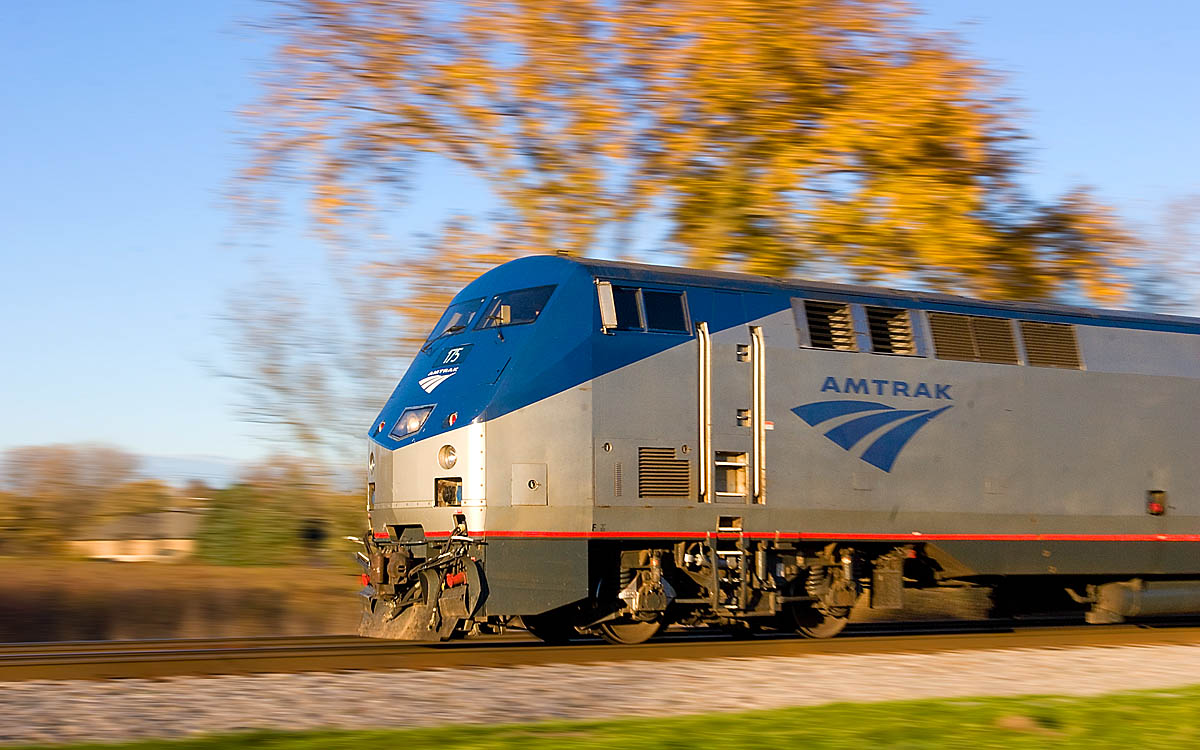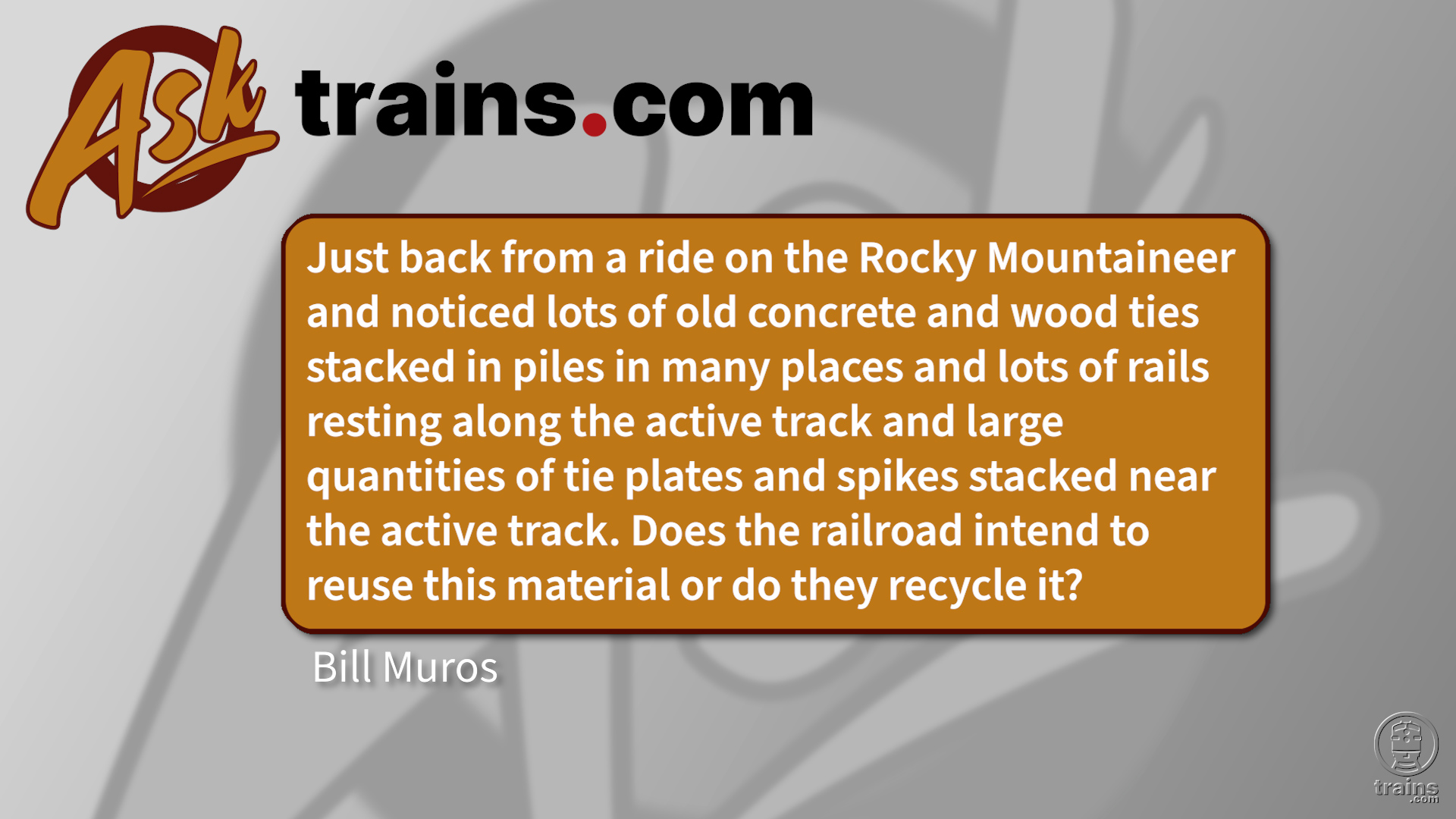A The short answer is, yes, positive train control systems will allow faster U.S. passenger trains to continue going fast. The Southwest Chief’s route uses automatic train stop as the primary train control system and assumes that crews responding to an alarm, based on signals only, will appropriately slow the train once they acknowledge the alarm by touching a control or pushing a button.
Positive train control systems that will replace ATS will slow or stop a train based on signals but also speed restrictions on curves, through work zones, and other places marked in geographic computer files. This makes PTC arguably safer than decades-old ATS. PTC systems are in place on higher speed routes in Michigan, Illinois, and along portions of the Northeast Corridor. Track speeds are also governed by track quality, whether the tracks are in a secure corridor, and the ability of a trainset to handle curves well. – Steve Sweeney














The SW Chief will only do 90 where the track is good for it. That Pretty much rules out most all the track between Kansas City KS and Dalies NM. PTC won’t change the track ratings for max speed.
Paul Smith, I rode the Texas Eagle in August and at no time anywhere in Illinois (or anywhere else) did the train approach anything like 110 mph. I don’t believe Superliners are considered high speed equipment in that vane.
Mr. Pfleeger:
Hopefully you can answer this question for me.
I have a YouTube video of an in-the-cab view of a run from Dwight to Pontiac that I have watched over and over. It was made in 2012.
Presumably the Chicago to St. Louis trains are hitting 110 mph between at least Dwight and Pontiac. Is Number 21, the Texas Eagle, also permitted to run up to 110 mph?
An important aspect of PTC is that all slow spots be programmed into the system, which shouldn’t be difficult. If work is being done somewhere, speed restrictions are entered. Of course, much of this was already possible on previous systems. But on Metro North, LIRR and other railroads, those speed restrictions were not always programmed in.
I have a PTC related question. Inside a train terminal, can PTC force slowdown as you approach – under cover without access to GPS, as you approach the end of the track? Will it prevent a repeat of LIRR in Brooklyn, or NJT in Hoboken? And who is responsible to ensure that it is fully programmed?
110 mph between Porter and Kazoo here in Mich. – when the PTC is working. They are threatening to increase speeds E of Kazoo when the PTC work is done and the track is up to spec.
James Else If I’m not mistaken, any track that is classed at 80+ mph has to meet more stringent standards. That is why the speed is set at 79.
A question I have had for years and always forget to ask is: What made the government agencies involved decide on a speed limit in the nines; one mph lower than 50 or 80 ; but with ATS 90mph is allowed not 89.
Not a government hater but it does seem to be a arbitrary set of numbers.
Retired railroader after 38 years, so its really nice now that PTC is very close to being 100%. My wife and I will be riding the train very soon so great to know these questions and answers.
I’ve long thought that if higher speeds were allowed, it would really help timekeeping for the long distance trains to maintain their current timetables while being allowed to operate at higher speeds, particularly when the train is running late.
I have been watching the higher speeds near Pontiac, il. for a while now possible with ptc and improved track conditions